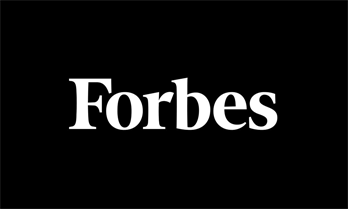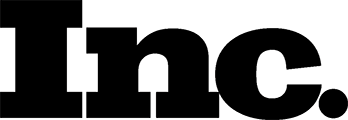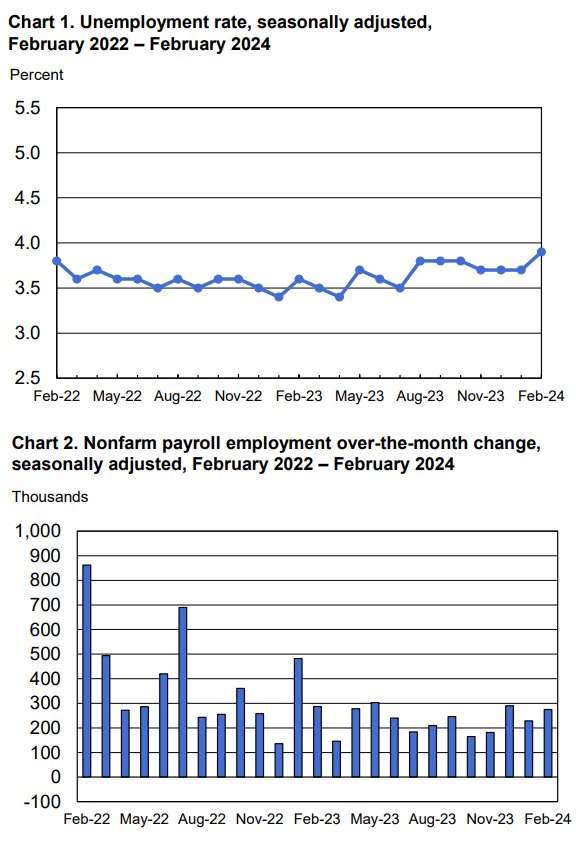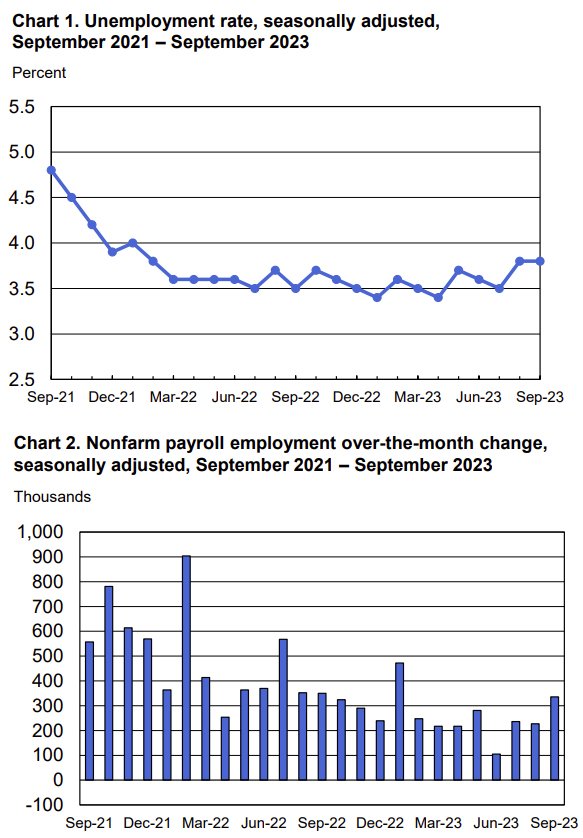'SHIFT Report - Trending Topics in the World of Work_ (June 2024)
/Our June issue of SHIFT stresses the importance of aligning employment with health drivers; using human-work models to boost employee performance; how "quiet quitting" has evolved into "resenteeism"; and how "shift shock" is sweeping social media.
Working to Thrive
According to U.S. News, a pattern known as "shift shock" was one of the top 10 workplace trends of 2023, and it has risen in 2024. So, what is "shift shock?" It's the realization that your new role is not what you expected it to be, and it’s sparking conversation online, mainly among younger job seekers. A recent Muse Shift Shock Survey found that 72% of the Muse audience say they've experienced "shift shock," and 80% of the respondents said it's acceptable to leave a new job before six months if it doesn't live up to your expectations.
Jump to Article > >
Using Human-centric Work Models to Boost Employee Experience and Performance
According to a recent Gartner survey, employees operating in human-centric work models are three times more likely to both enjoy high intent to stay in their organisation and see low levels of fatigue. Fatigue, often associated with diminished employee engagement, can significantly impact organisational productivity and engagement. All this can lead to increased stress, burn out and poor talent retention. In light of this, organisations need to optimise their workplace, regardless of the model (remote, hybrid, on-site) with a compelling work culture value proposition that will enhance the overall employee experience and in return, drive productivity. They also must navigate competing priorities, ensuring that initiatives aimed at enhancing the employee processes that will drive tangible business results.
Jump to Article > >
'Quiet Quitting' Has Evolved into 'Resenteeism'
Millennials are growing up - they are now managers in our workforce. It's time to talk about Gen Z, the generation born between 1997 and 2012. When it comes to workplace engagement, Gen Z gets a bad rap. Members of the generation are accused of being too casual in professional settings and have been declared "the most challenging generation to work with." So perhaps it's no surprise that workplace dissatisfaction is such a hot topic of conversation.
Jump to Article > >
'Shift Shock' Among the Top 10 Workplace Trends Sweeping Social Media
According to U.S. News, a pattern known as "shift shock" was one of the top 10 workplace trends of 2023, and it has risen in 2024. So, what is "shift shock?" It's the realization that your new role is not what you expected it to be, and it’s sparking conversation online, mainly among younger job seekers. A recent Muse Shift Shock Survey found that 72% of the Muse audience say they've experienced "shift shock," and 80% of the respondents said it's acceptable to leave a new job before six months if it doesn't live up to your expectations.
Jump to Article > >
The Trevi Group | “Executive Search for Technology Professionals” | www.TheTreviGroup.com
#thetrevigroup #recruitingtrends #informationtechnology #employmenttrends #jobmarket #hiringtrends







































































